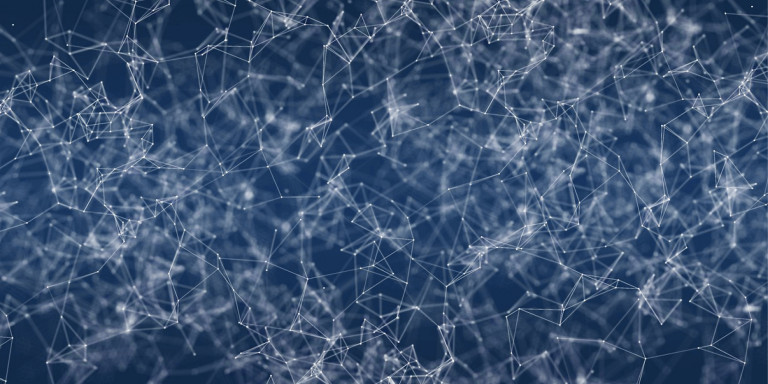
Guillaume Lajoie, a member of Mila, the Institut québécois d’intelligence artificielle, and an assistant professor at the Université de Montréal, and his colleague Amy Orsborn, from the University of Washington, have won an award from the Simons Collaboration on the Global Brain (SCGB) program of the Simons Foundation. The Simons Foundation awarded them a $640,000 grant for their study entitled Using brain-machine interfaces to identify and manipulate computational principles of learning, which aims to uncover computational principles related to the learning of motor behaviors.
Guillaume Lajoie is an assistant professor in the Department of Mathematics and Statistics at the Université de Montréal, a Canada-CIFAR Chair in AI and a Fonds de recherche du Québec – Santé awardee. He conducts research at the intersection of artificial intelligence (AI) and neuroscience, designing tools to better understand the dynamics and computation of neural networks. His recent work focuses on the development of inductive biases for better information propagation in recurrent networks as well as on the development of algorithms to optimize bidirectional brain-machine interfaces.
Amy Osborn is a neuroscientist, bioengineer, and rose to fame in 2016 when she won a L’Oreal USA Fellowship for Women in Science. In an interview, she stated:
“We need to understand how our brains learn to control our natural movements and how to design devices that seamlessly ‘tap’ into this complex system.”
Turning these theoretical questions into concrete solutions is, she points out, the “critical layer of motivation” that keeps her going.
Professors Lajoie and Orsborn’s project aims to discover computational principles related to learning motor behaviors. For example, learning a complex motor skill like playing a musical instrument requires changes in the connections between neurons in the brain. While scientists in the field have a good understanding of how pairs of neurons alter their connections, the two laureates hope to gain further insight into how multiple areas of the brain help guide learning through neural networks, a process that remains largely unknown.
The award was made through the Simons Collaboration on the Global Brain (SCGB) program of the Simons Foundation.
One of the goals of the SCGB is to “support advances in systems and computational neuroscience to expand our knowledge of the brain’s internal processes.”
Professor Lajoie stated:
“This SCGB pilot grant will be instrumental in advancing this ambitious research project. It will allow us to conduct complex experiments and support research trainees in Seattle and Montreal, as well as organize working meetings and disseminate our results. With this grant, my collaborator and I will be able to benefit from the guidance of a group of internationally renowned researchers supported by the Simons Foundation – an invaluable resource that will play a central role in the evolution and scope of our project.“
The research project is already well underway, as theoretical work and preliminary data analysis have been underway for more than a year thanks to initial support from an IVADO (the Institute for Data Development) postdoctoral fellowship awarded to postdoctoral researcher Alexandre Payeur, from Professor Lajoie’s research group in Mila. Last year, the principal investigators were also jointly awarded a Google Research Faculty Fellowship, which helped advance the project.
Translated from IA et neurosciences : découvrez les lauréats du prix de la fondation Simons, Guillaume Lajoie et Amy Osborn









